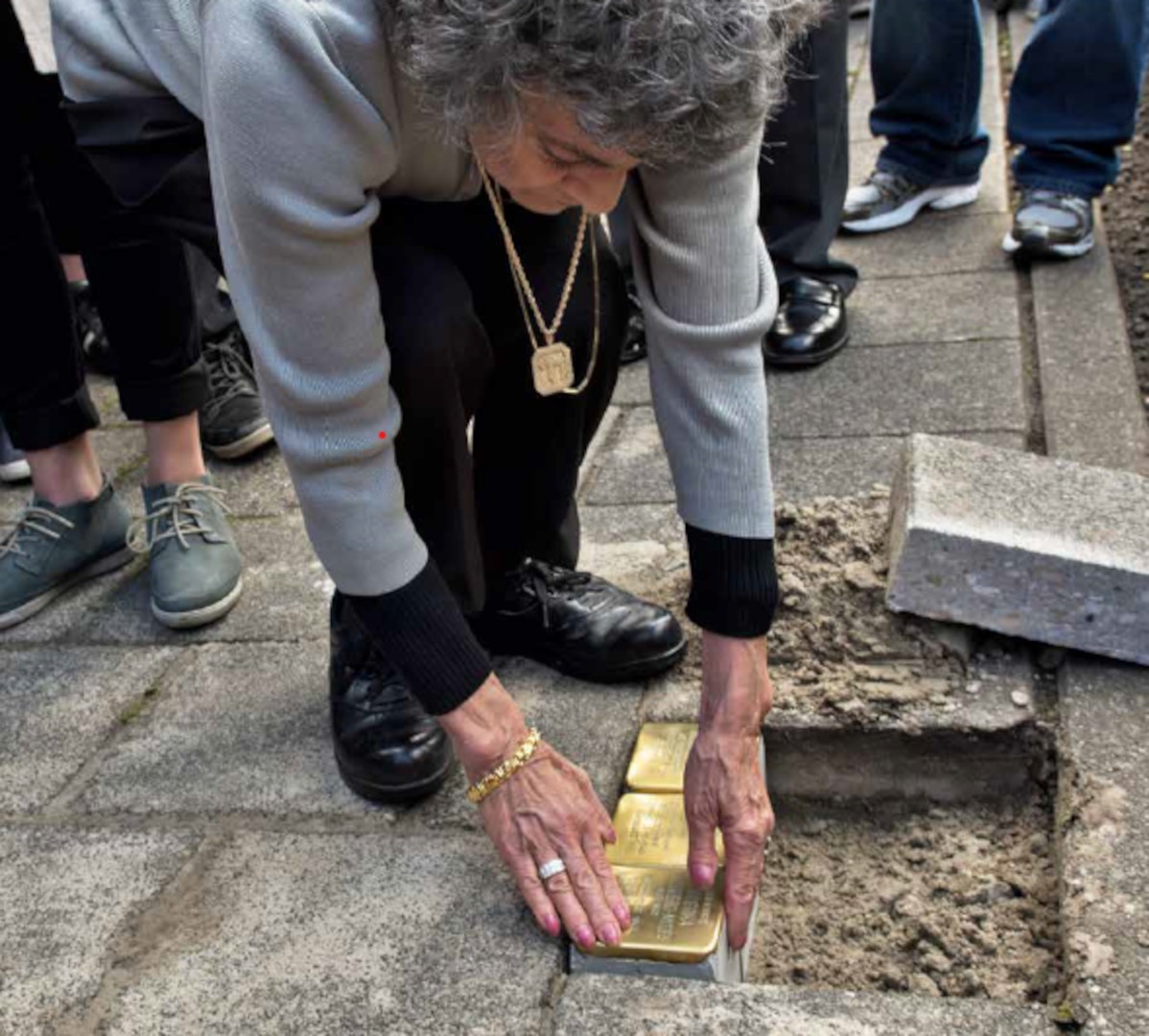If you ask older people about liberation, most will say that they have never experienced such a big celebration as when the Canadian forces liberated them from Nazi occupation. At the same time, there was also deep sadness and not everyone was able to celebrate exuberantly. They had lost loved ones who would never return...
The stumbling stones project became a dream of Gunter Demnig, and symbolic stumbling stones now appear everywhere National Socialism once reigned. Could it happen again? He asked himself this question over and over again. Minorities as scapegoats. Instead of taking a good look at ourselves, it was much more comfortable and easier to blame minorities for everything and fall back on simple us/them thinking. Recognisable, even today.
On the initiative of the Stroffelstienen working group, in collaboration with the cultural-historical foundation Smelne's Erfskip, fifteen stumbling stones were laid in 2016 and 2017 for four Jewish families from Drachten who were murdered in the extermination camps. Seven members of a Roma family suffered the same fate, for whom stumbling stones were laid in 2025.
A panel in Kerkstraat provides information about these families and the locations of the stumbling stones, which are located at the place from which the families were taken.
